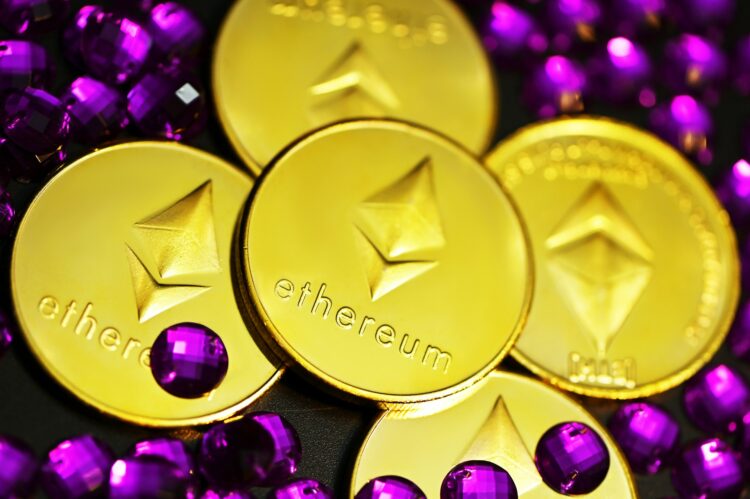Rising Ethereum Issuance: A Cause for Concern?
The latest insights from Binance Research’s October 2024 Monthly Market Insights report reveal a concerning trend in Ethereum’s (ETH) issuance rate. September 2024 saw a continued rise, diverging from its previously deflationary status and posing questions regarding its “ultrasound money” claim.
Understanding Ethereum’s Inflation Dynamics
Ethereum, the second-largest digital asset by market capitalization, recorded a 30-day annualized inflation rate of approximately 0.74%—a level unseen in the past two years. This increase in supply inflation challenges its positioning as “ultrasound money,” a concept inspired by Bitcoin’s (BTC) “sound money” narrative. Unlike BTC, which has a capped supply of 21 million, ETH’s supply can theoretically become deflationary, enhancing scarcity and safeguarding against inflation-induced purchasing power erosion.
Factors Contributing to Ethereum’s High Issuance Rate
Several factors contribute to Ethereum’s elevated issuance rate. Low mainnet on-chain activity results in minimal transaction fees, leading to reduced ETH burn rates. In 2021, Ethereum’s core developers introduced EIP-1559, a fee-burning mechanism designed to decrease ETH’s circulating supply, thereby exerting deflationary pressure on the token. However, declining mainnet activity has caused ETH burn rates to lag behind issuance rates, resulting in a net inflationary trend.
September 2024: A Notable Decline in ETH Burn Rates
September 2024 witnessed one of the lowest ETH burn rates since the significant Merge event, during which Ethereum transitioned from a proof-of-work (PoW) to a proof-of-stake (PoS) consensus mechanism.
Impact of Layer-2 Solutions on ETH Burn Rates
Binance Research identifies March 2024 as the starting point of Ethereum’s inflationary trend, following the implementation of EIP-4844 or the Dencun upgrade. This update reduced transaction costs on layer-2 scaling platforms such as Optimism (OP), Arbitrum (ARB), Base, and Polygon (MATIC). Consequently, network activity shifted towards these layer-2 solutions, impacting Ethereum’s transaction fees and burn rates.
Layer-2 Activity and Its Implications for Ethereum
As layer-2 solutions cannibalized network activity throughout the year, transaction fees and burned fees on Ethereum declined. September recorded one of the lowest levels since the Merge, preventing ETH from decreasing in supply and maintaining a deflationary stance. This has resulted in net positive daily supply changes.
Layer-2 Solutions: A Boon or Bane for Ethereum?
Recent trends support this assertion, with network activity on layer-2 solutions showing growth across various metrics. For example, a July 2024 report highlighted a significant increase in daily active addresses and transaction volume on Polygon. Similarly, decentralized finance (DeFi) activity on Arbitrum surged earlier this year, with decentralized exchange (DEX) Uniswap surpassing $150 billion in total swap volume on the network.
The Role of Layer-2 Networks in Ethereum’s Future
Furthermore, reports indicate that over 48% of digital assets bridged from the Ethereum network end up on Arbitrum, reflecting high user trust in the layer-2 network’s robust security and reliability. As of now, ETH trades at $2,385, marking a 1.7% increase in the past 24 hours.
Conclusion: Navigating Ethereum’s Future
In conclusion, Ethereum’s rising issuance rate and the role of layer-2 solutions present a complex landscape for the digital asset. While layer-2 platforms offer scalability and reduced costs, they also impact Ethereum’s deflationary potential. Understanding these dynamics is crucial for stakeholders navigating the evolving Ethereum ecosystem.











